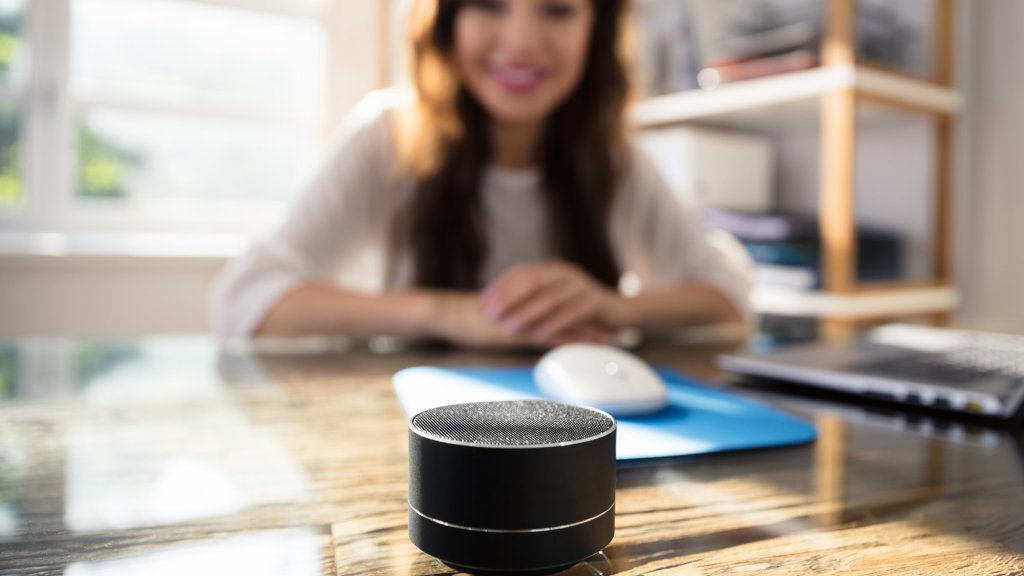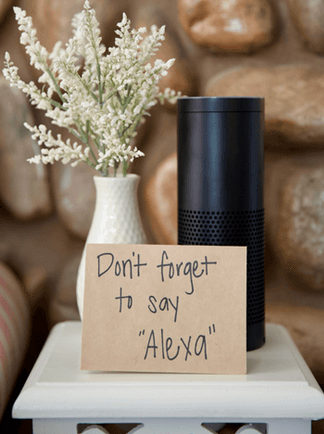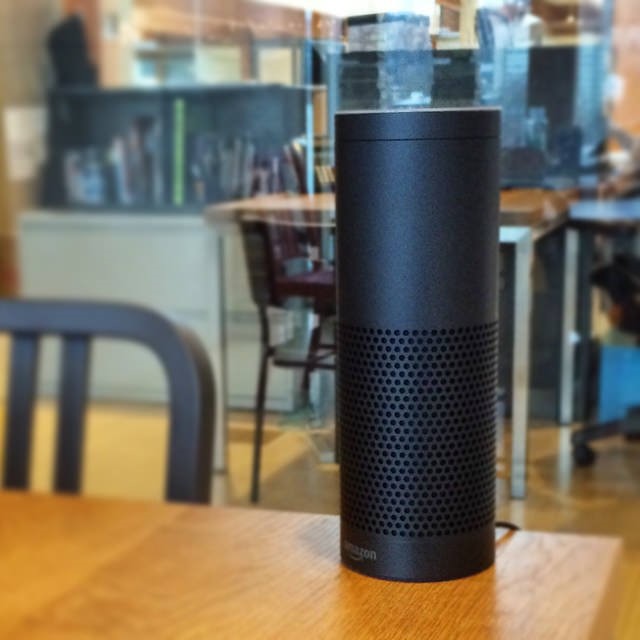In Renters’ Wallets
5 Most Valued Smart Home Devices
We’ve all heard that renters are interested in smart home devices. How much are they willing to pay for them, though? We dive into the 2020 National Multifamily Housing Council (NMHC) & Kingsley Apartment Resident Preferences Survey to find out. What renters value is determined by how much they are willing to pay. The Resident […]



